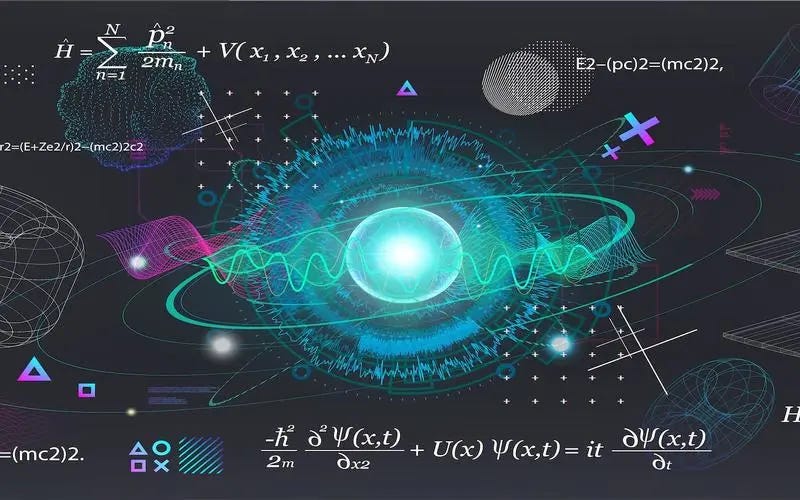Sunday Superposition
Edition #18: Dark stars and bright stars
Sunday Superposition is an end-of-the-week collection of stuff I find interesting.
New feature hopefully starting next week: audio version of Schrödinger’s Poodle articles! If you’ve wanted to engage more with my content but don’t have time to read, you’ll be able to listen to my articles instead.
Dark stars and the mystery of supermassive black holes
Astrophysicists are inching towards an explanation for how the big beasts of the universe—supermassive black holes—managed to grow so quickly after the big bang.
Supermassive black holes are my research specialty, and I’ve loved them since I first encountered them during a summer research internship in 1999.
One reason I love black holes is that they’re paradoxical: they’re simultaneously very simple and very mysterious. Unlike the simplest forms of life, which are actually mind-bogglingly complex, you can completely describe a black hole with just three parameters: mass, spin, and electric charge. Despite that simplicity, what exactly black holes are and where they came from are persistent mysteries for physicists.
Keep reading with a 7-day free trial
Subscribe to Schrödinger's Poodle to keep reading this post and get 7 days of free access to the full post archives.



